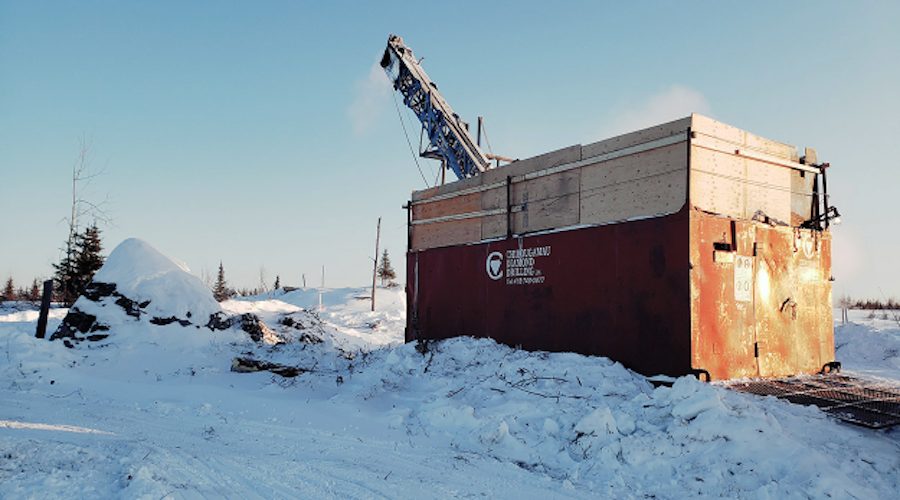Upward trend in global exploration budget to continue in 2022 – report


The aggregate annual global exploration budget is expected to increase between 5% and 15% year over year for 2022, a new report by S&P Global Market Intelligence states.
The market researcher’s prediction is based on its own data that show that in 2021, the aggregate annual global nonferrous exploration budget has increased by 35% year over year to $11.2 billion from $8.3 billion in 2020, signalling that the sector has emerged from the downturn caused by the covid-19 pandemic.
According to S&P, a faster-than-expected recovery in market conditions and easing of lockdowns allowed explorers to reactivate programs by mid-2020, which caused some campaigns to carry over into 2021.
In fact, the junior sector has increased its planned allocations by 62% year over year to a total of $4.1 billion. The majors, however, continue to dominate accounting for half of the global exploration budget at a total of $5.6 billion.
This exploration uptake, combined with higher metals prices and increased financing activities, is considered one of the main causes behind the strong budget recovery in 2021.
“As we move into the last quarter this year, metal prices and financings remain robust, and the risk of further pandemic-related shutdowns has declined,” the report reads.
The New York-based firm anticipates gold and base metals dominating the exploration focus, particularly taking into consideration that while the gold price varied over recent months, its August 2021 average of $1,784 per ounce was 14% higher than its January 2020 average of $1,560/oz. Similarly, base metals showed impressive gains, with copper's August 2021 average of $4.25 per pound up 55% from January 2020.
In terms of location, S&P points out that Canada has attracted a particularly large share of the global budget with an increase of $800.5 million year over year to $2.1 billion, hitting its record high since 2012.
On the other side of the spectrum, there is Africa, a continent that has underperformed with allocations up just 12% to $1.1 billion, returning the region to its 2019 level.
Also on the downside is the early-stage exploration budget, which hit an all-time low in 2020 as the grassroots share of allocations was 24% while minesite hit an all-time high of 41% as the pandemic made large-scale programs more difficult.
“While grassroots share recovered modestly this year due to increased activity in Australia and Canada, its global budget share is the second-lowest on record at 26%,” the review reads.
This article first appeared on www.Mining.com.
Comments